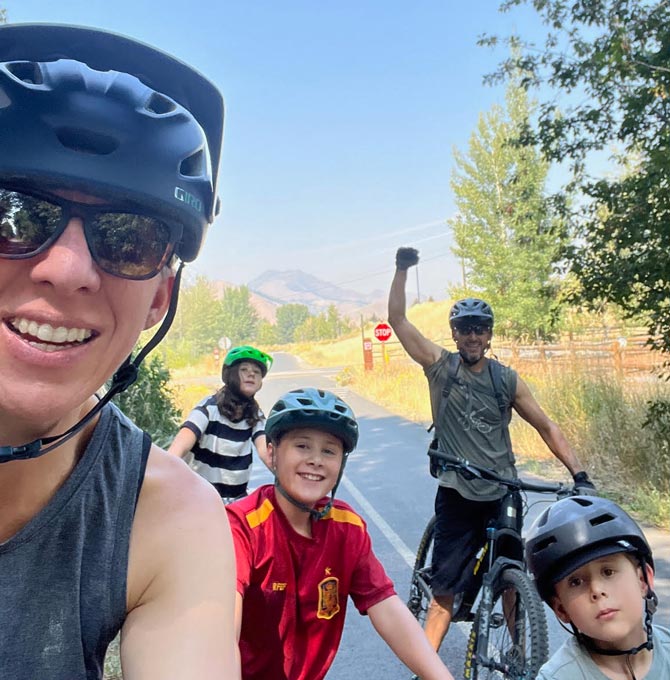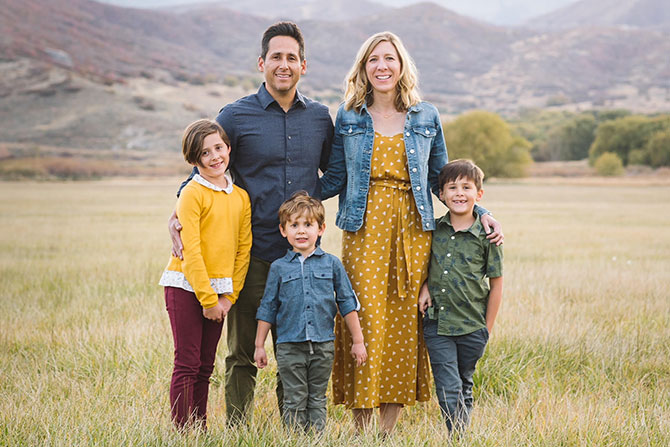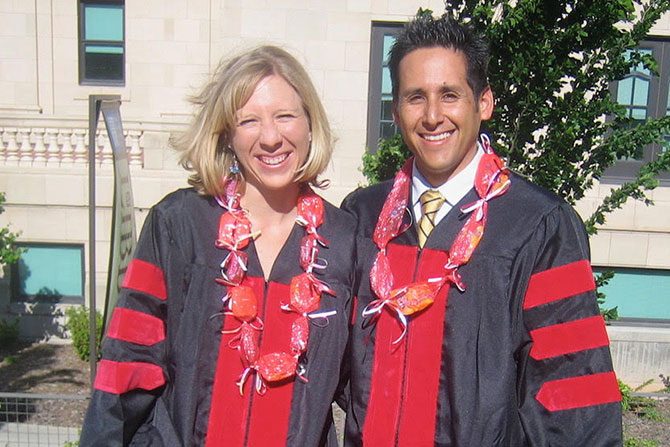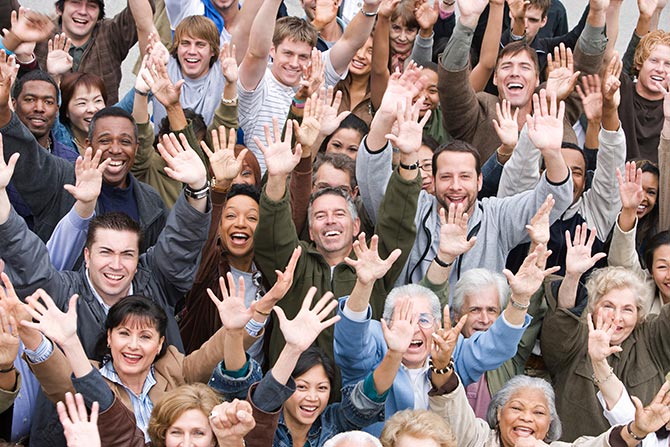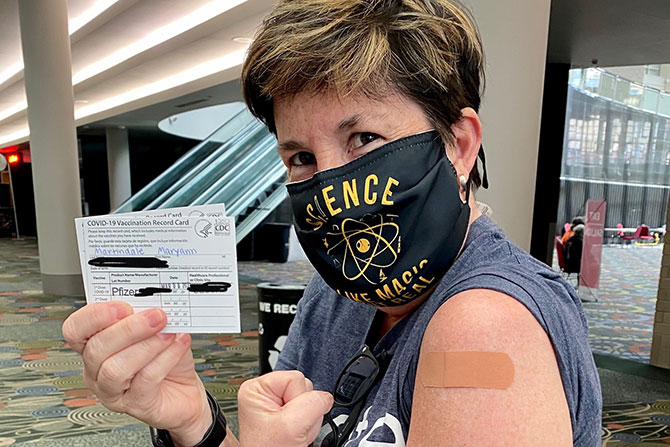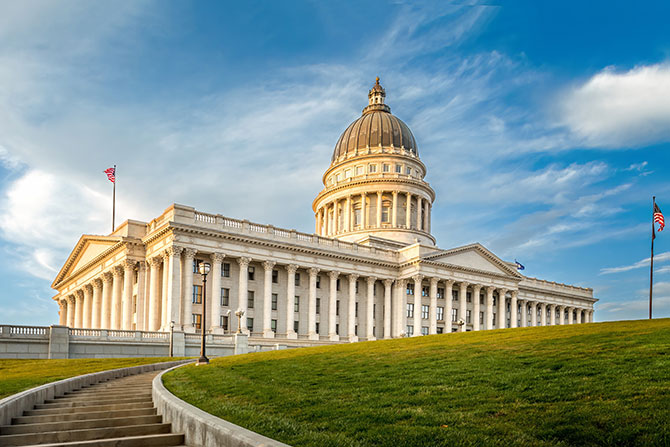A Bit About Dr. Monroy
I grew up a local Sugarhouse, Salt Lake City kid. I like to point out that my daughter will be going to the same high school that I went to and that my dad went to. I am the oldest of four and grew up as a typical firstborn — high achieving, motivated and not much of a risk taker. I attended Stanford University (I joke those were the best four years of my life … it might still be true) and graduated in Human Biology. I did one semester in Spain with NYU and minored in Spanish, too. I have had many different interests and hobbies over my life. I like to try lots of different things and then get frustrated that I am not very good at them and either quit or just accept my mediocrity. I am currently trying to stay upright skiing and mountain biking. I just started to take up tennis, and we will see how that one goes. I also love to read and try to read 50 books a year — usually, I don’t quite make it, but I get close!
The Journey to Becoming a Physician
After graduating from college, I took a year off to work at a spa in Santa Barbara, work at a ski resort, and travel solo in Australia for a few months (ok, maybe that was the best year of my life). I went to the University of Utah Medical School where I met my husband, Franz Monroy, who is also a family medicine doctor! We married at the end of our third year, then couples matched into two different programs — Franz at the University of Utah and me at McKay Dee. We had our first child at the beginning of the second year of residency and now have three school-aged kids.
Choosing Family Medicine
I entered into medical school with an idealistic view of becoming a physician who could provide care to patients who are marginalized and underserved. I obtained my Masters of Public Health (MPH) concurrently with med school and developed a broader view of public health, which fit with family medicine. I also loved every single rotation along with volunteering at the Fourth Street Clinic on Saturdays. I remember asking the medical director of Fourth Street Clinic how I could have that job someday! I also met many amazing family physician mentors, including Cami Collette, Kurt Rifleman, Sarah Woolsey, and Carlos and Paula Guerra, to name only a few, who all helped me to see that family medicine at a community health center could be just what I was looking for!
Choosing to Care for Underserved Populations
Franz and I came very close to taking jobs in Ventura, California, near where he is from. But we ultimately decided on a better cost of living and full-time babysitters (my parents) in Utah, along with great job offers that fit with what we were both looking for. I took a job with Midtown Community Health Center, which I was familiar with from residency, and joined the small group in Clearfield with a couple of amazing women physicians. Midtown then opened up a new clinic in South Salt Lake, so after six years of commuting up north, I was able to finally work a couple miles from home. I worked part-time (three days a week) for a couple of those years, and I loved that schedule. I really loved Midtown and felt like I was able to use a lot of my family medicine skills in medical care and procedures, along with keeping up on my Spanish.
As I hit the 10-year mark in my career, I was starting to want to try something different, and I particularly wanted to be involved in leadership if the opportunity arose. I wasn’t actively looking but would hint at my interests occasionally to different people and it led to an invitation to interview for the Medical Director position at Sacred Circle. I realized that Sacred Circle was just what I was looking for, an organization with a clear mission to serve all groups who are marginalized and underserved, particularly the Native American population and the Goshute tribe. I started out working half-time in inpatient care and half-time in administrative duties. Our organization has continued to thrive and grow, and after working at Sacred Circle for two years, I moved into the medical officer role. This has meant even more administrative work and less patient time, but I still enjoy seeing patients every week, either in Salt Lake or in Ibapah on the Goshute Reservation.
Advice For Those Pursuing a Similar Path
I think many students start out with an idealistic view of medicine, and that can get lost over time with the burden of loans, overwork and stress. Working at a community health center or tribal clinic can really help keep a physician connected to some of those goals and ideals that really keep the perspective of why we chose to work in the medical field. These clinics also allow us to practice full-spectrum family medicine that keeps things interesting and challenging. Working with patients from different cultural backgrounds and different life experiences truly is a rewarding and expansive experience.
Sacred Circle and Pain Management
This is our second year running the Utah Pain Summit. Sacred Circle has a multidisciplinary pain management program, and we sometimes wish we could call it a wellness program because it focuses on so much more than pain. Patients in the pain management program participate in physical therapy, pain management groups, and behavioral health sessions, along with medical management. Our physical therapy director, Lindsay Roper, is very committed to the program and our Pain Summit, which will really talk about stress, sleep and many of the other co-factors that contribute to pain. We are really excited to offer this again!
Meeting the Need for More Family Physicians
We need to create better pipeline programs that start working with rural and urban underserved students to get them involved and interested in medicine. There needs to be funding for educational and research opportunities from an early age. I have been impressed with the NARI program (Native American Research Internship) at the University of Utah, which is making a big difference.
Speaking Up for Family Medicine
I am a strong believer in physicians making a difference through organized medicine — meaning participating in groups like the UAFP so that their views can be represented collectively. I have been involved in advocacy off and on over the years; sometimes, it is disheartening, and other times it is effective and fulfilling. I have seen important changes happen that can protect physicians and improve the health of our community.
